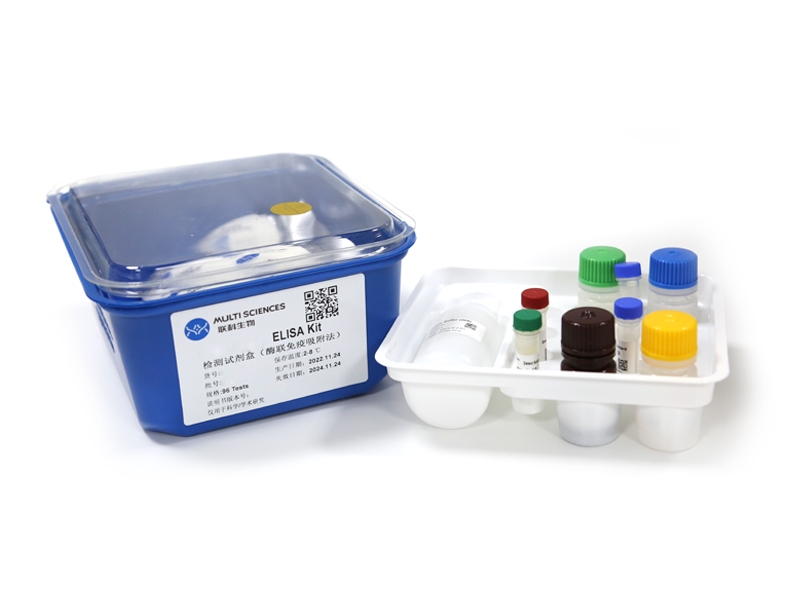Diabetic nephropathy (DN) is one of the most common syndromes of the diabetic mellitus, and is the leading cause of end-stage renal disease. TLR4 (Toll-like receptor 4) has been shown to be implicated in the progression of DN. However, the role of TLR4 in DN and its underlying mechanism remain elusive. In this study, we found that high glucose (HG) activated nucleotide binding and oligomerization domain-like receptor family pyrin domain-containing 3 (NALP3) inflammasome, as shown by elevated NALP3, apoptosis-associated speck-like protein containing a C-terminal caspase recruitment domain (ASC) and cleaved caspase-1 protein levels, and increased caspase-1 activity in mouse podocytes in vitro. Simultaneously, HG decreased the mRNA and protein expression of Wilm's tumor-1 and synaptopodin, and increased the mRNA and protein expression levels of desmin in podocytes, in a dose-dependent manner. Administration of HG increased the number of TUNEL-positive cells, inhibited the viability of podocytes, elevated the intracellular level of ROS, and increased the levels of IL-1β, IL-18, TNF-α and TGF-β1. Moreover, the effects of HG were effectively blocked by repression of NALP3 or ASC. Furthermore, TLR4 was upregulated in HG-stimulated podocytes. TLR4 knockdown inhibited the activation of NALP3 inflammasome in HG-treated podocytes, as indicated by the decrease in NALP3, ASC and cleaved caspase-1 protein levels and the reduction in caspase-1 activity. Additionally, knockdown of TLR4 attenuated the HG-induced increase of cell apoptosis and reduction of cell viability in podocytes. TLR4 knockdown reduced the intracellular level of ROS in conjunction with reduced IL-1β, IL-18, TNF-α and TGF-β1 levels in podocytes in the presence of HG. In conclusion, knockdown of TLR4 attenuates HG-induced podocyte injury via the NALP3/ASC/Caspase-1 signaling pathway.
文章引用产品
-
-
- EK218
- ELISA试剂盒
Mouse IL-18 ELISA Kit检测试剂盒(酶联免疫吸附法)
-
¥1,600.00 – ¥2,650.00
-
- EK218
- ELISA试剂盒
Mouse IL-18 ELISA Kit检测试剂盒(酶联免疫吸附法)
- ¥1,600.00 – ¥2,650.00



